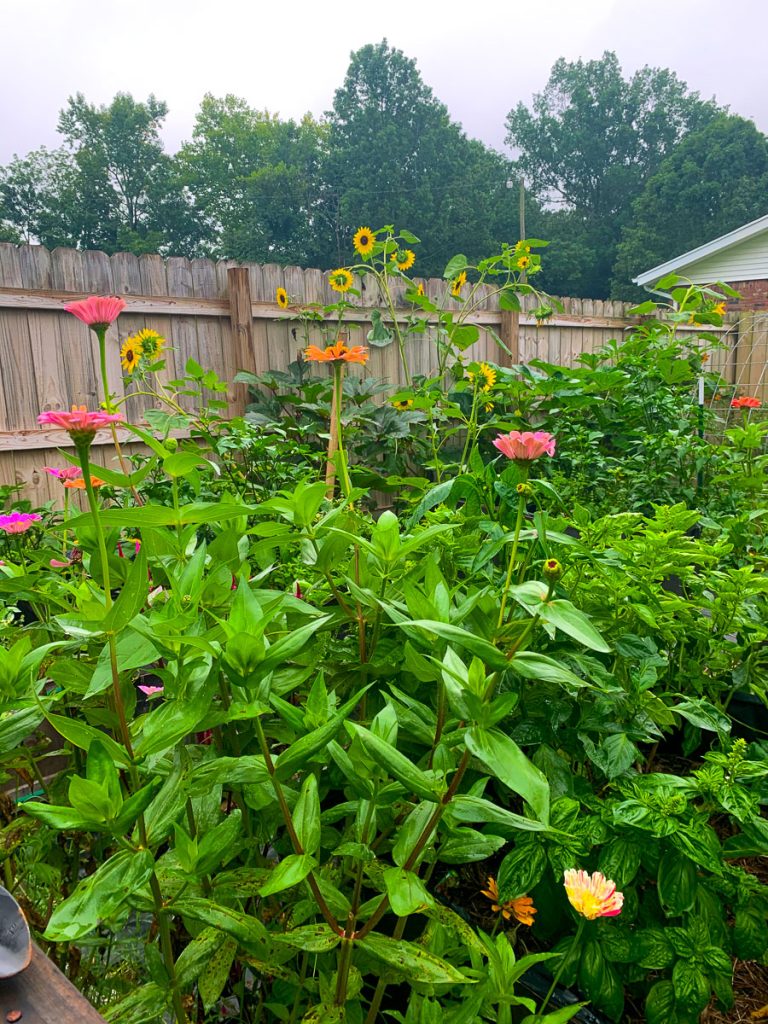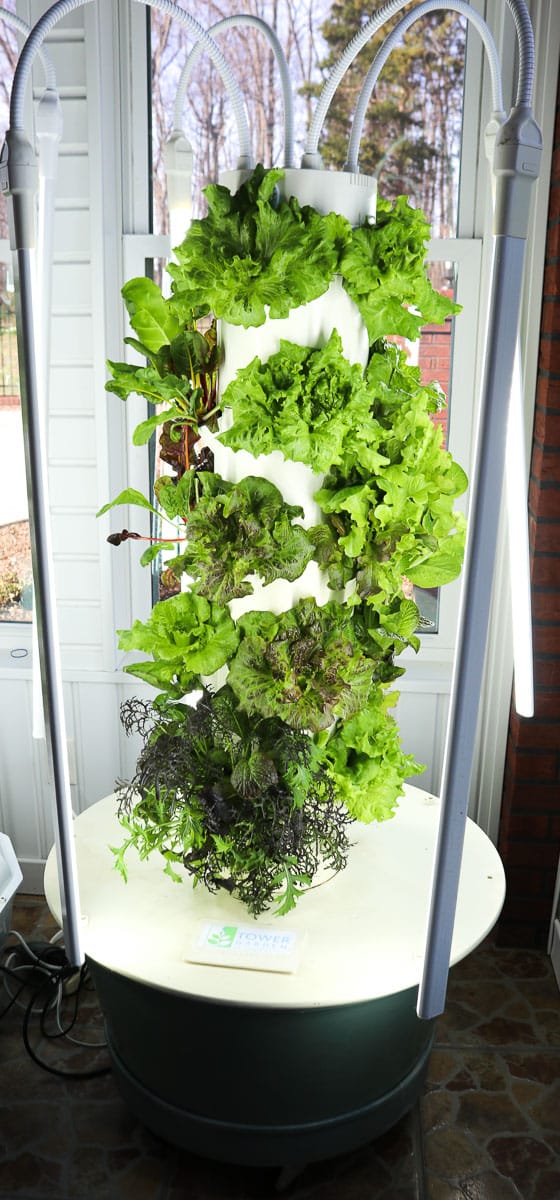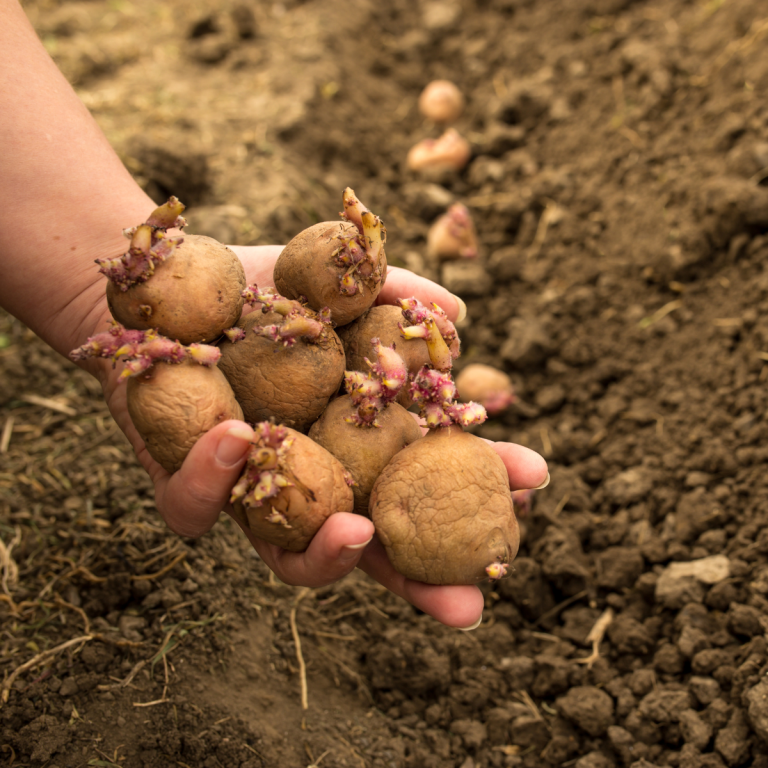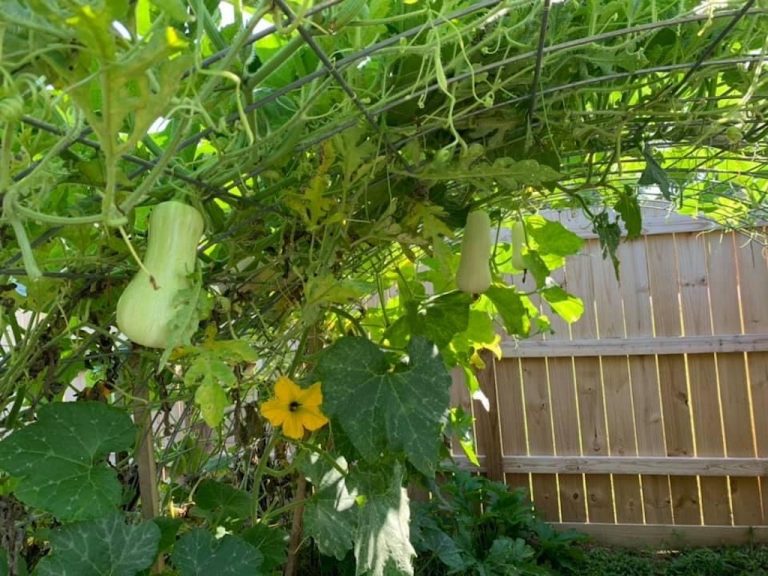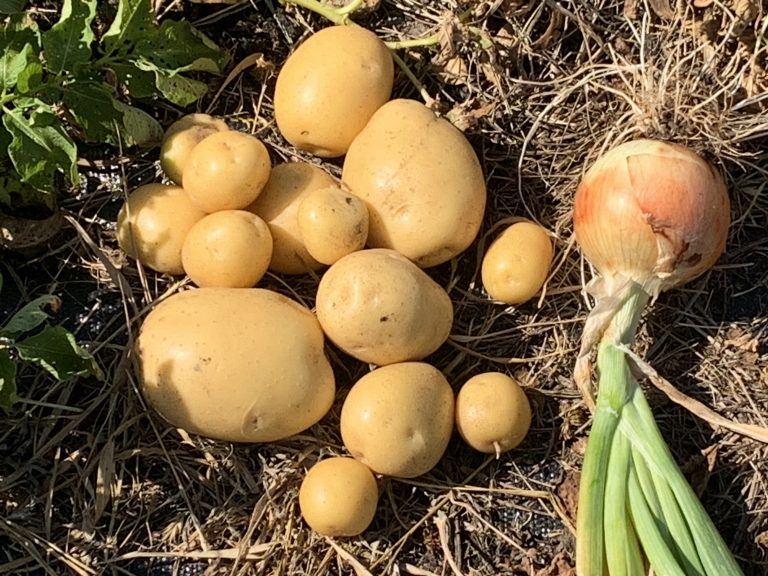How to Grow Pumpkins Vertically on a Trellis: Growing Guide
When it comes to growing pumpkins, there are a few different ways you can go about it. While some gardeners prefer to let their pumpkins sprawl across the ground, others choose to trellis their pumpkins to save space and make harvesting a breeze!
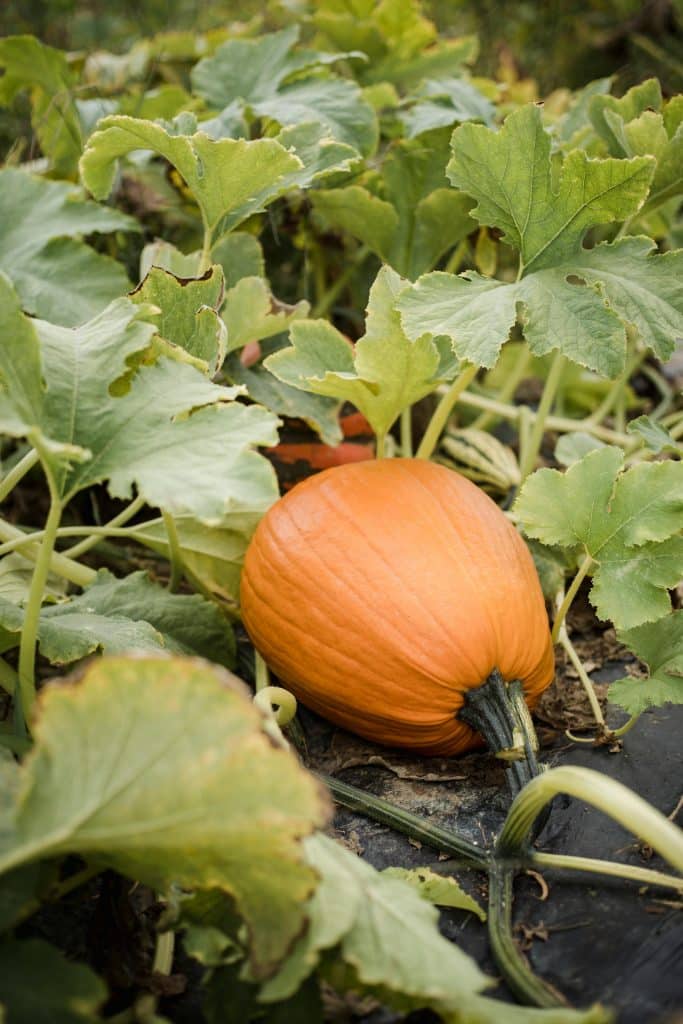
Whether you’re looking to save space in your pumpkin patch, reduce the risk of disease, or simply make pumpkin harvesting easier, trellising can be a good idea. But what exactly does this process involve, and how does it benefit pumpkin plants and the gardener alike?
How Pumpkins Grow:
Pumpkins and other winter squash are known for their large sprawling vines, which can take up a lot of space in the garden. These vines spread out in all directions, creating a lush green carpet of leaves across your garden space.
Even though a pumpkin vine can look majestic sprawled out to its full potential (upwards of 100 square feet for some!), this isn’t ideal for growing in small spaces.
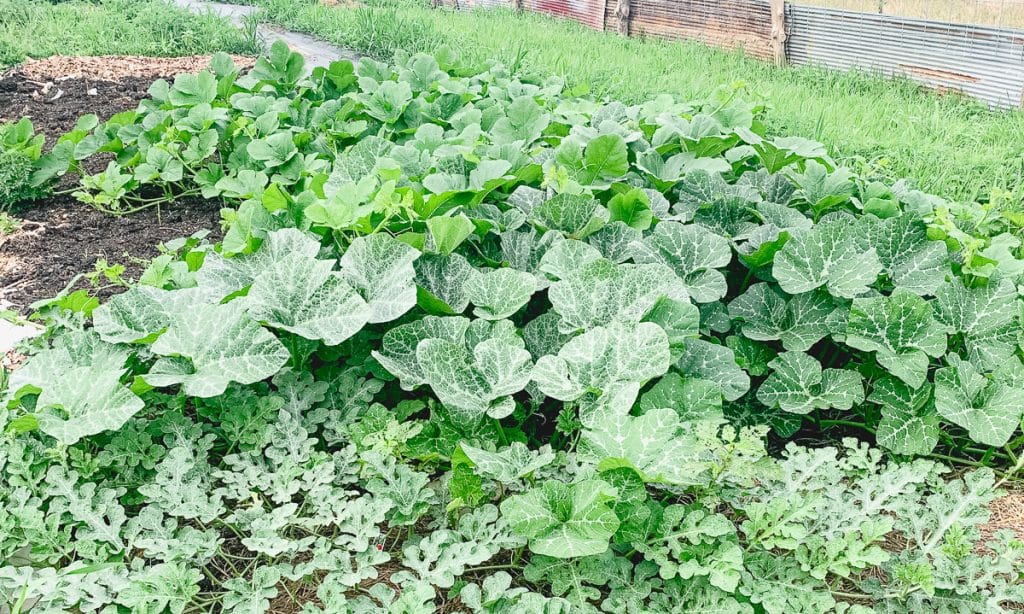
Though pumpkins grow freely on the ground, you can also train them to grow vertically with the use of a pumpkin trellis. Vertical gardening can help maximize space by growing pumpkins up a sturdy trellis, giving them room to thrive while occupying a much smaller footprint.
This method is particularly useful in smaller spaces such as raised bed gardens where every square inch counts, allowing you to make the most of your garden space!
When I lived in town I had to maximize every inch of my tiny garden space, so I grew pumpkins and winter squash up cattle panels, old dog kennels, and wooden fence rows. I’m particularly fond of a wild sprawling garden, but limited space makes you get creative!
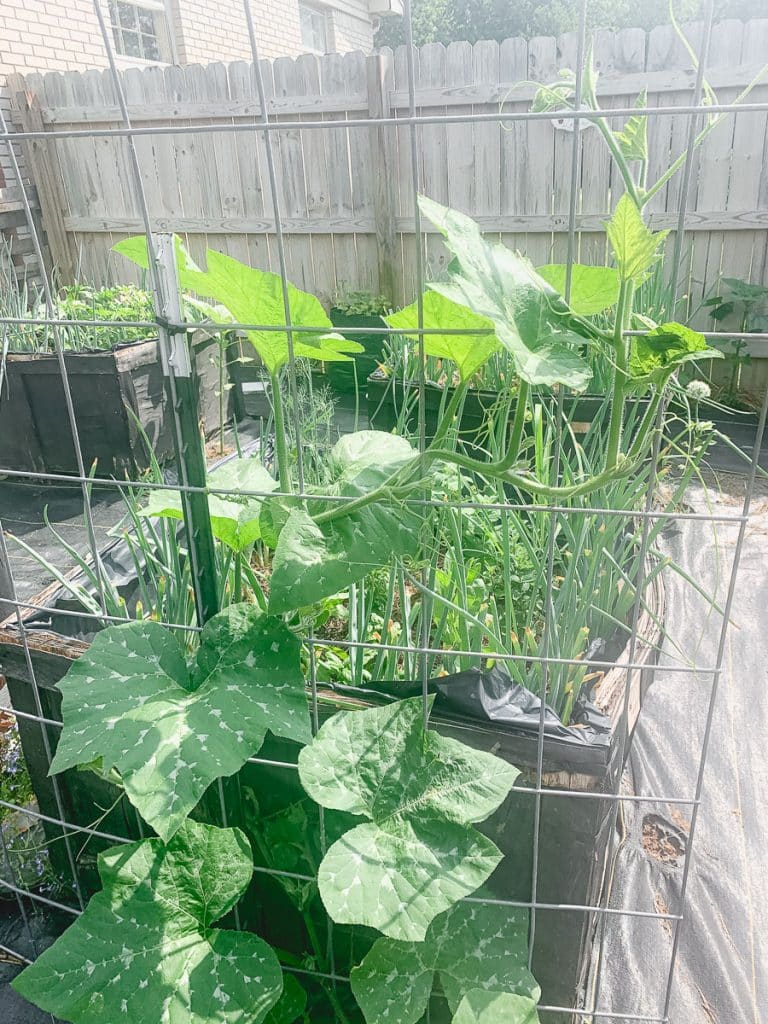
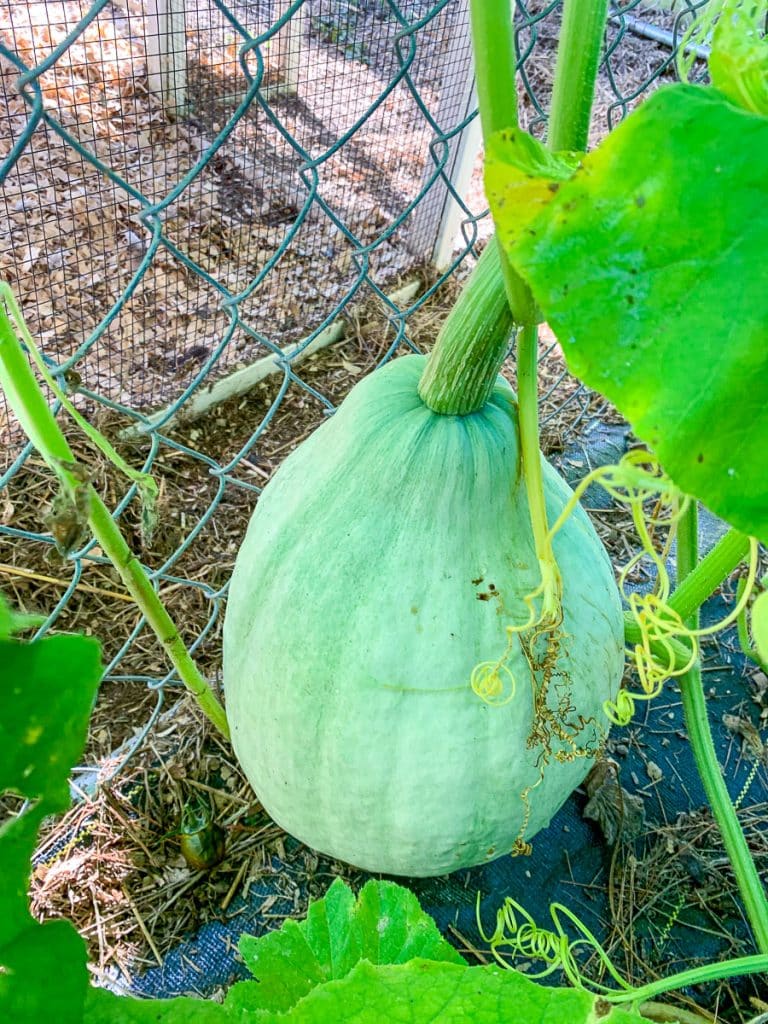
How Big Do Pumpkin Vines Get?
Pumpkin vines can grow quite long, especially the main vines. Some varieties, especially the larger varieties, produce vines that can extend up to 20 feet or more.
As the vines stretch, they become heavier and more difficult to manage pests and harvests, which is one of several reasons you might choose to trellis pumpkins.
Reasons Why You Might Trellis Pumpkins:
- Save Space: If you’re growing pumpkins in smaller spaces like garden beds or small areas in your backyard, vertical gardening can help. By training pumpkin vines up a trellis, you can conserve valuable garden bed space while still allowing your plants to grow big and produce fruit. This makes it easier to fit more plants in a limited area.
- Better Air Circulation: Growing pumpkins vertically allows for better air circulation around the plant. When pumpkin vines sprawl across the ground, they can become more susceptible to fungal diseases like powdery mildew. Elevating the vines on a trellis helps ensure better airflow, reducing the risk of disease. The entire plant benefits from better air circulation, which helps keep the leaves dry and healthy.
- Easier Access and Harvesting: A pumpkin trellis makes it easier to manage the pumpkin plants. As the vines grow, you can easily see the pumpkins and prevent damage to the fruit by keeping it off the ground. Additionally, harvesting pumpkins can be more efficient when the vines are vertical, as you won’t have to crouch down to gather the fruit or risk missing pumpkins hiding under the large leaves. Also, when trellised, female blossoms are more visible and easier to hand pollinate if needed. Female blossoms are responsible for pumpkin fruit development, so even if you don’t need to hand pollinate, you can easily spot where the fruit will begin to develop.
- Disease and Pest Prevention: Growing pumpkins on a trellis helps prevent some common pumpkin problems, such as fungal disease, squash bugs, and cucumber beetles. Since the pumpkin vines are elevated, pests that thrive on the ground are less likely to affect the plants and are much easier to control by hand picking. Also, because the fruit stays off the soil, there’s less chance for the pumpkins to rot or get damaged by moisture. If you’re dealing with white spots or yellow leaves, these may indicate disease issues that trellising can help minimize by keeping the pumpkin plants dry and better ventilated.
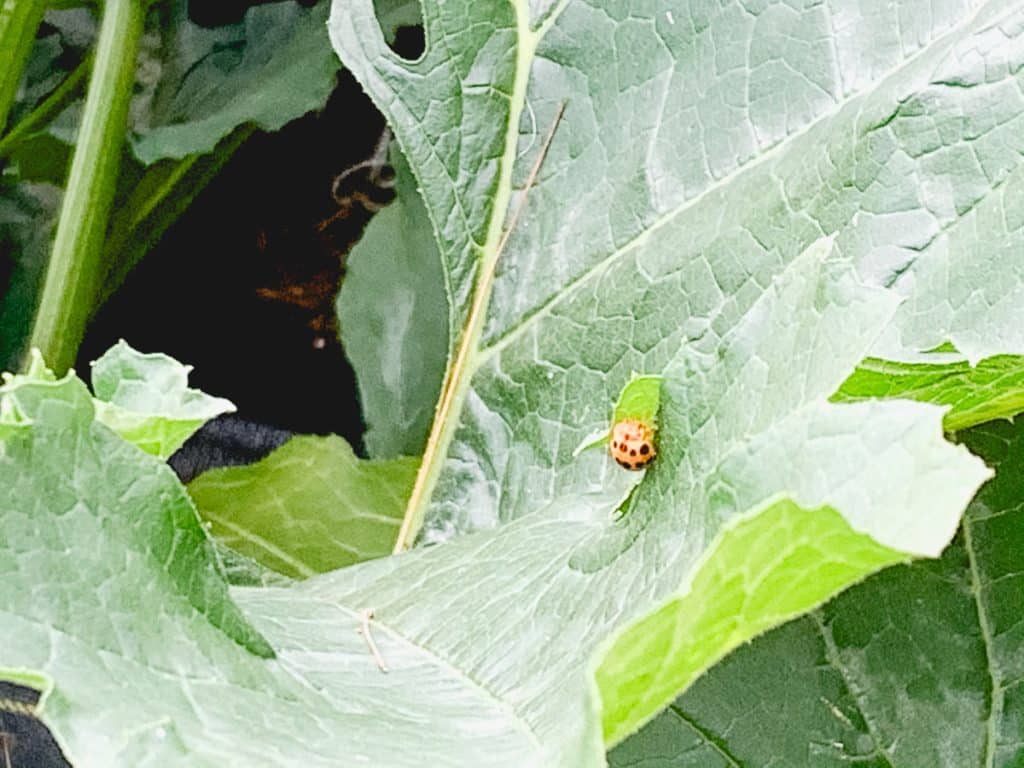
What is the Best Kind of Trellis for Pumpkins?
When it comes to building a trellis for pumpkins, you’ll need something sturdy enough to support the weight of the vines and pumpkins. A strong pumpkin trellis will keep the vines upright, while allowing them to grow naturally.
My favorite type of trellis for pumpkins is a cattle panel trellis made out of cattle panels and T-posts. This type of trellis is incredibly sturdy and can support even the heaviest pumpkin vines and larger pumpkins.
The panels are wide enough to allow the vines to spread out and grab hold, while the T-posts provide the support needed to keep the structure upright. If you’re looking for supplies, many large home improvement stores like Home Depot, Lowes and TSC offer cattle panels and T-posts, making it easy to get the materials you need for your cattle panel trellis.
For the best results, be sure to select a trellis design that can accommodate the type of pumpkin you’re growing. Larger varieties, for example, may need a more robust structure compared to smaller pumpkins or compact pumpkin types.
Other trellis options include large dog kennel panels, sturdy wooden trellises and even wooden fence lines.
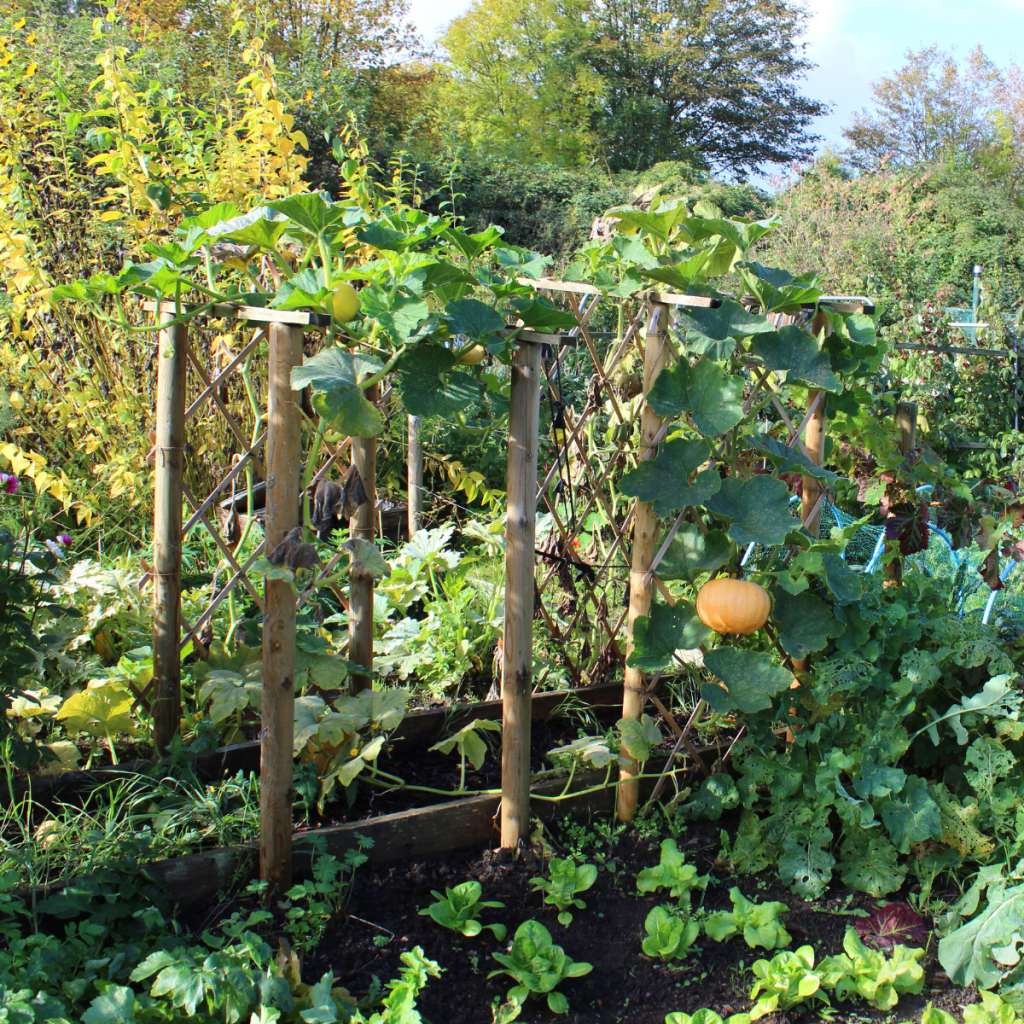
How Far Apart to Space Pumpkins:
Whether you’re growing pumpkins on the ground or on a trellis, giving the plants enough space is crucial to developing healthy plants and large harvests. Pumpkins and winter squash are both heavy feeders, meaning they require a lot of nutrients to grow.
When sowing pumpkin seeds, make sure you plant them in fertile soil, preferably with well-rotted manure or compost mixed in to improve nutrient content.
On the ground, pumpkins should be spaced at least 2-3 feet apart to allow the vines room to spread. If you’re growing pumpkins vertically, you can reduce the spacing to around 18 inches to 2 feet apart, as the vines will grow upwards rather than outwards.
Regardless of your method, it’s important to ensure your pumpkin plants have plenty of space for proper growth, good soil and direct access to sunlight.
How to Care for Pumpkin Plants:
Pumpkins are hungry plants that require consistent moisture and nutrient-rich soil to thrive. Pumpkins need a lot of water, especially during their growing season.
Ensure they receive about an inch of water per week, and consider using a drip irrigation system to water the plants at their roots without wetting the leaves. Providing your pumpkin seedlings with good soil and full sun will help ensure the best results.
As your pumpkin vines grow, don’t forget to check for pests like squash bugs and cucumber beetles, which can harm the plants. If you’re growing larger pumpkins, you might need to provide extra support for the fruit once it starts developing.

Small pumpkins, especially those from smaller varieties, may not need any assistance, but it’s always good to monitor your plants as they grow.
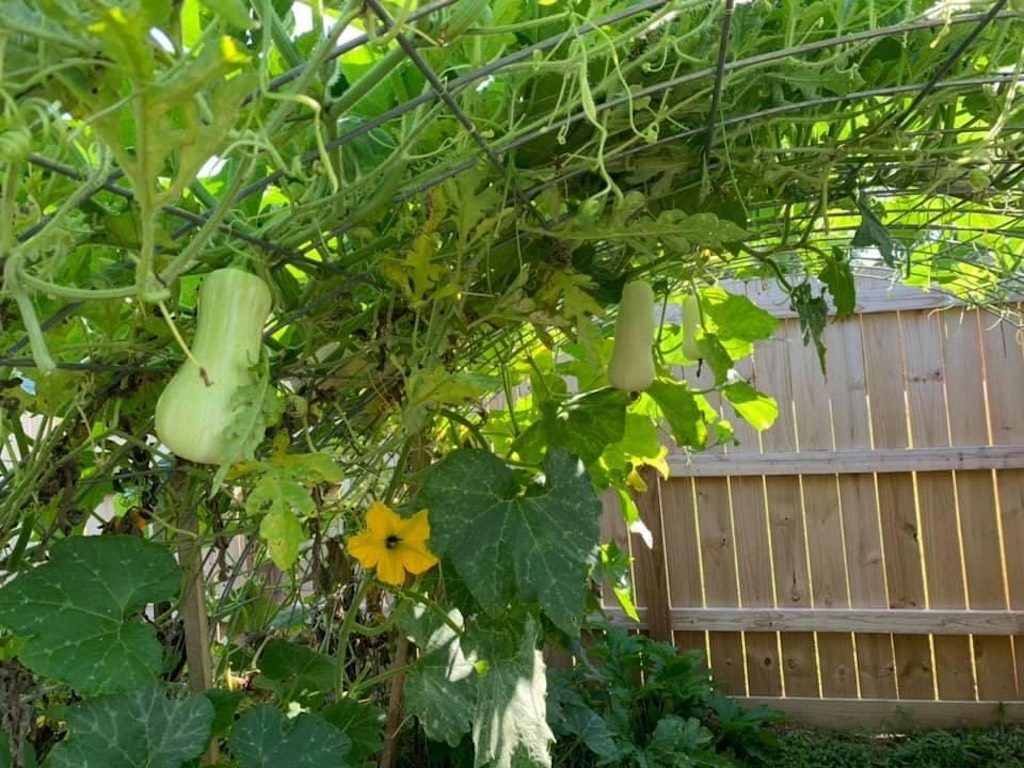
I have grown many types of winter squash and pumpkins on trellises and have not had any issues with the vine not being able to support the weight of the fruit, but I keep a close eye on the fruits and adjust them as needed to ensure the bulk of the weight is being supported by the trellis instead of the stem.
Whether you’re growing large pumpkins for pumpkin pie or tiny pumpkins for decoration, a trellis can be an excellent addition to your garden! Not only will it save you space, but it will also improve airflow, prevent disease, and make harvesting easier.
A sturdy trellis, like the cattle panel method I recommend, will provide the support needed for even the heaviest pumpkin vines. You can checkout my full step by step guide to building your own cattle panel trellis here.
With good soil, proper spacing, and regular care, your pumpkin plants will flourish—whether you grow them on the ground or with vertical support.

